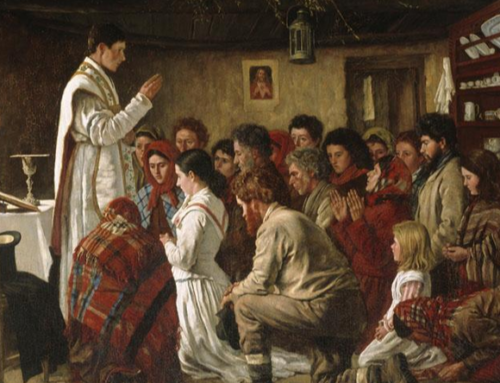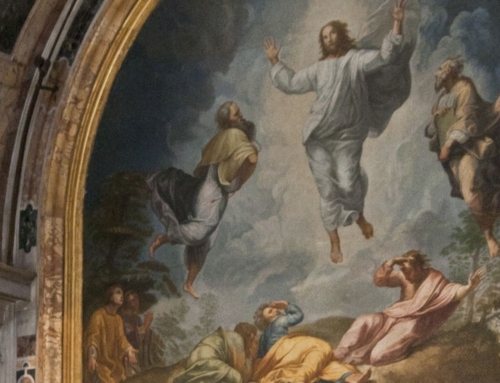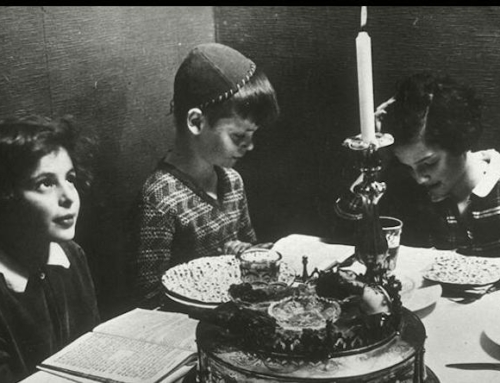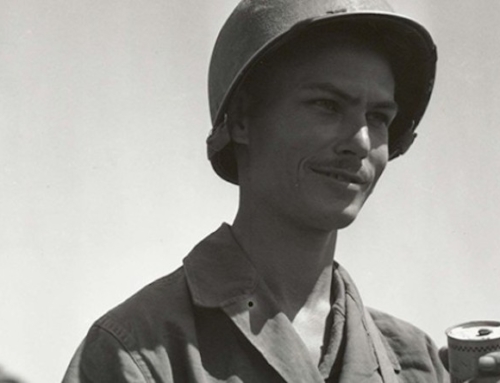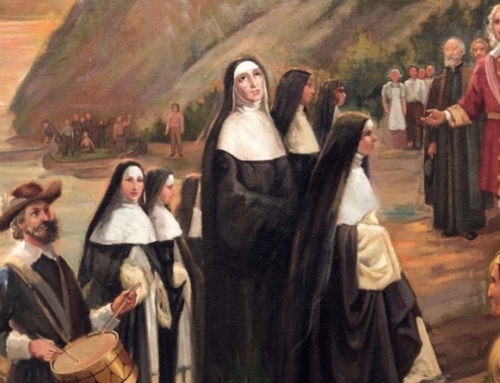Louisiana is an anomaly. Having been born and raised in Cajun Country, I become more aware of this whenever I meet people from other states. Louisiana is a melting pot—a gumbo if you will—of various cultures and traditions. This variety even extends to the cultural phenomenon of Mardi Gras, which is celebrated today. When people think of Mardi Gras they often imagine New Orleans with its beads, bright colors, exotic floats, etc. However, there is a region of south-central Louisiana where Mardi Gras looks quite different: Acadiana or the “Cajun Heartland”.
There are, of course, many similarities in the way that New Orleans and Acadiana celebrate Mardi Gras. Yet, there are some notable differences found in Acadiana’s culture, costumes, and customs that are unknown to most people. Regardless of location, Mardi Gras and its surrounding celebrations are meant to serve as a preparation for the forty days of Lent that follow. With this in mind, exploring some of these unfamiliar customs can elicit new considerations when preparing for Lent.
To begin with, Mardi Gras’ different traditions are explained by its medieval origins. The nobility of the cities would spend the Tuesday before Ash Wednesday consuming all of the food and drink that would be renounced during Lent. The poor of the countryside, on the other hand, would beg for this same food after the harsh winter that normally preceded the Lenten season. This asymmetry between the nobility and the poor produced a rather distinct celebration that came about through begging. This latter celebration is more analogous to the Mardi Gras of Acadiana, and it accounts for most of the unique elements proper to Acadiana. Celebrations would occur because of the generosity of others, and even this simple fact illustrates something pertinent to our salvation.
As we well know, the joyful celebration of Mardi Gras follows a bleak winter, which anticipates the joyful and glorious Easter that follows the so-called “desolation” of Lent. The French phrase Laissez les bons temps rouler (“Let the good times roll”) is commonly used during Mardi Gras, and it expresses this experience well. The saying can be transformed into a prayer of petition and joyful expectation: “Lord, let the goodness of your kingdom come so that we may have the fullness of life—true Joie de Vivre.”
Unfortunately, Laissez les bons temps rouler is often used as an excuse for the participants of Mardi Gras to engage in gluttonous behavior. But intemperance does not need to mark every Mardi Gras festivity. After all, the goods of food and drink are given from the generosity of others: our neighbors and, ultimately, God. It is our misuse of these goods that leads to intemperance. We should remember that God generously gives us these goods of the earth as a foretaste of the greater goods of heaven. The penances of Lent that immediately follow Mardi Gras help us to detach ourselves from these earthly goods in order to strive after the higher good of beatitude—true Joie de Vivre.
The medieval origins of Mardi Gras also account for the different kinds of costumes found in Acadiana. The traditional dress of Cajun Mardi Gras has a rather tattered appearance because of its associations with the poor of the countryside. Granted, these costumes often sought to mock the highfalutin dress of the nobility, but the patchwork associated with these costumes shows that the poor tried to do their best with whatever they had. Similarly, during the Lenten season, we give our best effort to become like Christ despite our efforts being comparably poor in the sight of his gifts.
This spiritual poverty, which is analogous to the material poverty so characteristic of the medieval countryside, may lead us to discouragement or shame because of the apparent inadequacy of the Lenten practices we are about to adopt. The masks worn on Fat Tuesday can reflect this shame. We can often hide behind self-made masks due to any number of reasons. Yet, these masks are removed on Ash Wednesday. Rather than wearing something to hide our identity, we bear on our foreheads the sign of our true identity: a cross of ashes.
This sign reminds us of our identity as Christians, but also as mortal men and women who utterly depend on God. This mortality was a source of joyful expectation for Saint Paul (Phil 1:23; 2 Cor 5:2). May we follow his example, and realize that the fullness of joy is not found in this life but in the life to come—true Joie de Vivre.
✠
Photo by Mathieu Cheze on Unsplash



